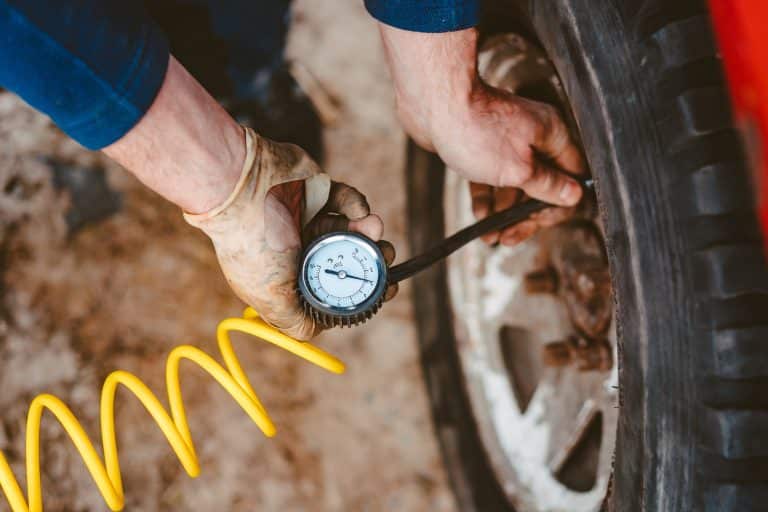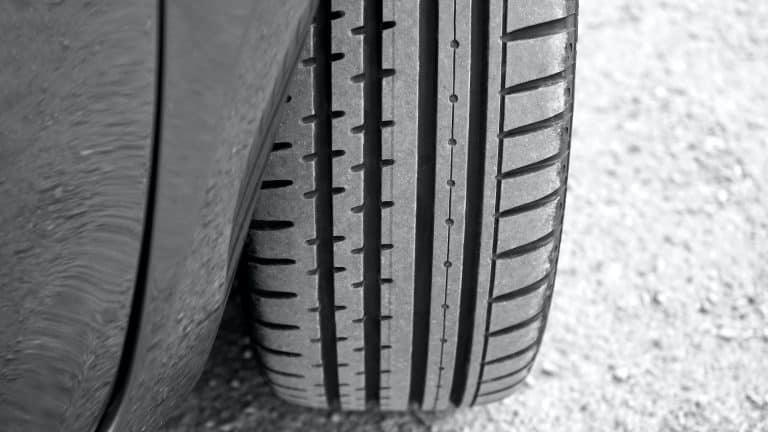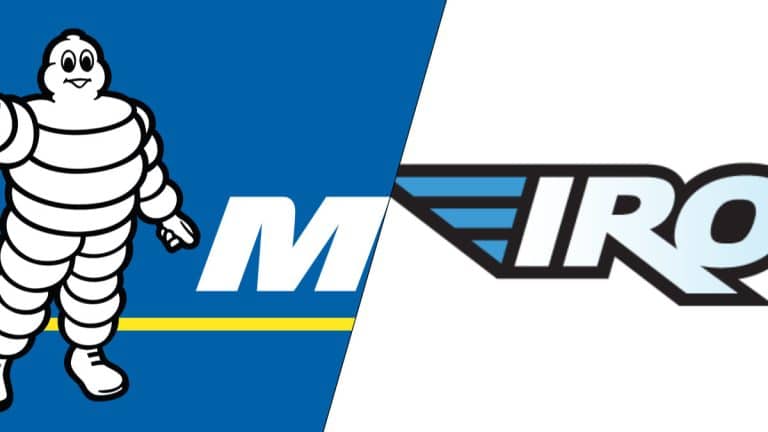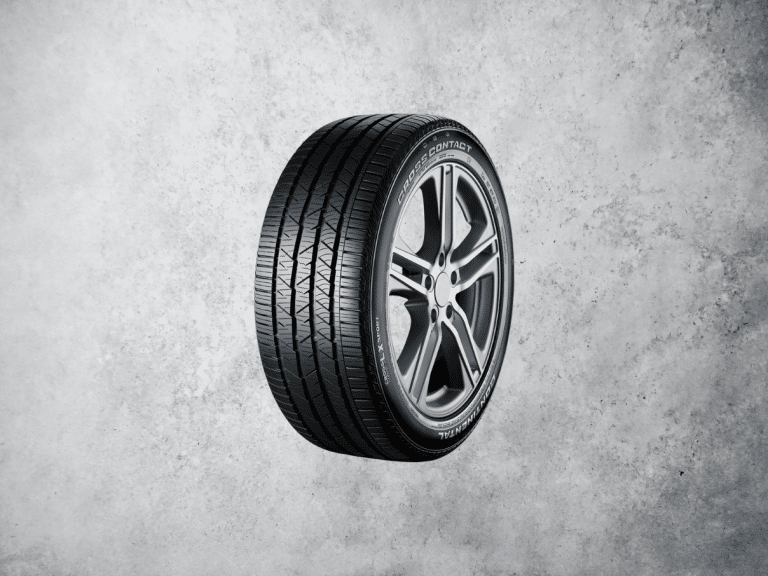Are Tesla Tires Any Good?
Tesla tires are engineered to provide the best possible performance, safety, dependability, and longevity. Following the specified tire rotation schedule is essential since tires deteriorate over time as a result of the impacts of UV radiation, harsh temperatures, heavy loads, and other environmental variables.
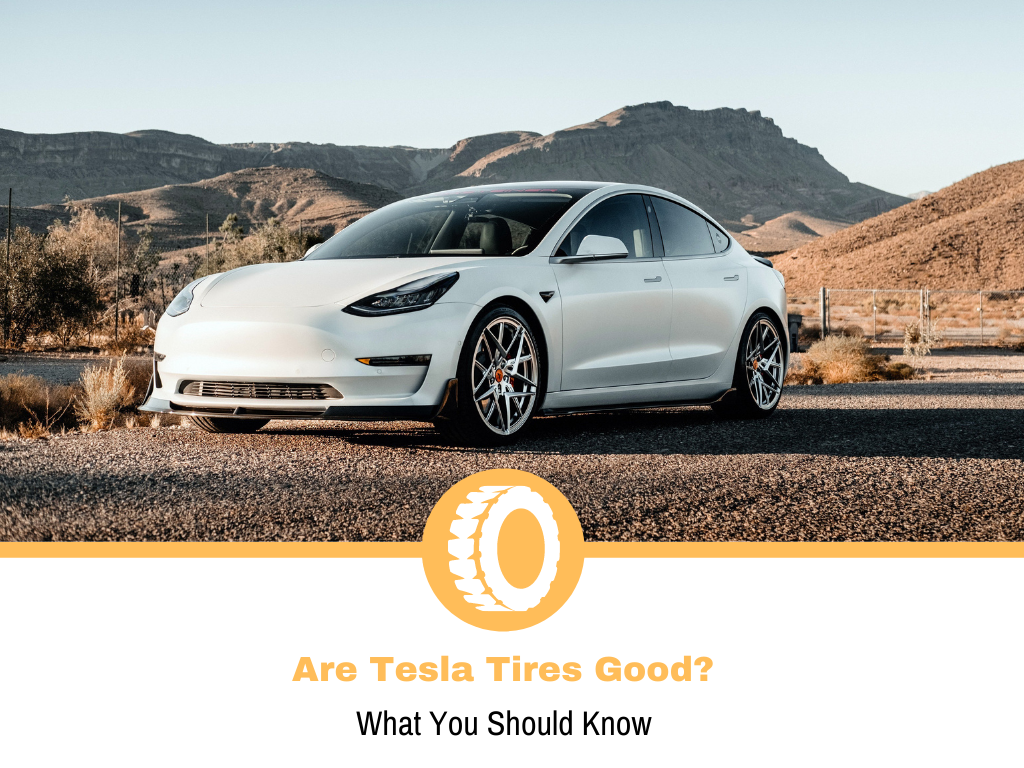
Officially, the tires installed at the factory on Tesla cars have a life expectancy of around 30,000 miles. After everything is said and done, owners have reported satisfactory tread depth even after more than 40,000 miles. Tesla tires have a practical lifetime of 20,000 to 40,000 miles, depending on use.
How Long Does the Tesla Tires Last?
Tesla vehicles are equipped with extraordinarily excellent tires, which is extremely vital in electric vehicles. Depending on road conditions and driving behavior, the typical tire life of Tesla tires ranges from 25,000 to 30,000 miles.
Due to the higher-quality components and tougher rubber used, the 30,000-mile life expectancy is greater than that of a typical production vehicle tire. Tesla tires have a longer life expectancy than the average production car tire.
On rare occasions, Tesla owners have stated that their tires have lasted longer than the manufacturer’s predictions. This is most likely due to the fact that the automobiles were driven on newly resurfaced roads with just moderate acceleration.
When it comes to real-world use, the average lifetime of Tesla tires is likely to be between 20,000 and 40,000 miles, assuming that enough owners continue to measure appropriate tread depth beyond the 30,000-mile milestone.
Tesla isn’t just a premium car brand, but it is also one of today’s market’s best-performing car brands. A lot of future purchasers from cold areas are eager to learn if it performs well in snow.
Do Electric Vehicles Cause Tires to Wear Out Faster?
In many circumstances, electric vehicles wear out their tires more quickly than traditional gasoline-powered vehicles. As a result, many tire shops change tires on electric vehicles between 3,000 and 10,000 miles sooner than they would on a conventional vehicle.
But why is this so? Isn’t it true that electric vehicles are meant to be more efficient in all situations? No, not with tires, at least not yet. As you can see, electric vehicles have 100 percent of their torque accessible at all times while driving. This implies that there is far more raw power behind the tires as the vehicle accelerates.
Tire wear in electric automobiles may be caused by forceful acceleration from a stop, which effectively does a brief burnout and gradually shaves material off the tire surface. Other occurrences might be linked to the increased stress placed on tires during the regeneration procedure.
Do Tesla Cars have Tires that are Specifically Designed for Them?
In a way, yes. Tesla vehicles are equipped with tires that are specifically engineered to withstand the wear caused by starting torque and regeneration load better than normal tires. It is possible that if owners utilized the right tires, they would not have the quick-wear concerns that other electric car owners have complained about.
Is There a Difference Between Tesla Tires and Other Brands?
The premium version of a tire is often chosen by Tesla in order to get better outcomes over a longer period of time, such as tens of thousands of miles. Sometimes these tires aren’t specifically built for electric vehicles; rather, they feature characteristics that make them more suited for high-velocity acceleration.
These tires feature thicker sidewalls and more durable rubber or synthetic rubber structure than other tires in the same category. The tires on Tesla cars are always radials since bias-ply tires are much too old and out of date to be utilized on the vehicles.
Differences in Tire Life Expectancy for Tesla
The life expectancy of Tesla tires varies from vehicle to vehicle, and the significance of tire rotation differs from vehicle to vehicle. A Tesla with all-wheel drive should, in theory, have less tire wear on its front tires than on its back tires. However, the rear tires of a Model 3 with rear-wheel drive would almost surely wear out sooner than the front tires.
Is it Possible to Use Regular Tires on a Tesla?
Yes, you may install any tires you like on a Tesla as long as they are compatible with the vehicle. However, there is a very lengthy list of reasons why you should not do so. Tesla tires are of far higher quality than regular tires, which means that their on-road performance is significantly improved as a result of this.
Tesla tires outperform low-cost highway tires in terms of stopping power, traction, anti-slip capabilities, pressure retention, and puncture resistance, among other characteristics. If you reside in a cold climate, these tires will provide higher snow-sliding resistance, while the summer versions will manage the heat better than any other.
Furthermore, when you consider the long-term advantages of high-quality tires, the cost of high-quality tires isn’t that much more expensive. What’s the point of buying tires that wear out twice as quickly? An additional trip to the tire shop, an additional purchase of four tires, further scuffing on the wheels, and additional rubbish in a landfill are all the results of this mistake.
Tire Replacement Intervals for Tesla Cars
Tesla advises rotating the tires every 6,250 miles, and a few miles more or fewer shouldn’t make much of a difference in the overall performance. Additionally, if the tread depth difference between your tires is greater than 2/32 of an inch, you should rotate your tires.
Tesla Tires Disadvantages
Tesla tires, despite their superior quality, are not suitable for everyone. Those who possess all-wheel-drive Tesla models and want to operate their vehicles on dirt or gravel roads, for example, have a restricted variety of tires from which to select.
Whether you believe it or not, some Tesla owners in rural areas commute on dirt roads, and thin all-weather highway tires aren’t much use when there are three feet of muck. But, fortunately, this isn’t always the case.
Another, the more general disadvantage is that Tesla does not often have flat-run tires, which is virtually always a standard feature of many other current sedans, including the competition.
New-car tires are built to transport you from point A to point B safely on a blown tire, which helps you preserve your rim and keep your vehicle controlled in the case of a light rupture. For the time being, Tesla owners will be forced to rely on a tow truck.
Do Tesla tires have a higher cost?
Yes. Tires for electric vehicles (whether they are Tesla-branded or not) are often more expensive than tires for regular vehicles. This is owing to the higher-quality materials that are utilized in the tires of electric vehicles. In most cases, electric vehicle tires are a few hundred dollars more expensive than normal automobile tires.
Practically, tires used by Tesla vehicles are just more expensive versions of regular tires that can be purchased on a variety of other automobiles. This is shown by the Michelin Pilot Sport 235/45/18 tire that was installed on the Model 3. These are premium tires that are intended to last longer than entry-level 235/45/18 tires. They are also more expensive.
Do Tesla Cars Come Equipped with a Spare Tire?
Tesla vehicles do not come equipped with a spare tire. This is not unusual, since vehicles have been mostly devoid of spare tires for many years. Tesla, on the other hand, is not to blame for this development.
In the 1980s, most automobiles were equipped with a full-size spare tire mounted on a matching wheel. As automobiles became smaller and more space-efficient, manufacturers began to replace the full-size spare with a tiny spare, which is referred to as a ‘donut’ in certain countries.
Tesla vehicles do not come with a full-size spare tire or a comical donut tire. A tire patch kit and an inflator, which (unfortunately) aren’t usually included with the vehicle, may be used in its place.
This may be based on the premise that the majority of Tesla owners reside in places where towing services are readily available. However, if you’re in the middle of nowhere and your Tesla tire blows, you’re going to be out of luck unless you have a patch kit.
Owners of Tesla vehicles may choose to acquire a donut-style spare tire with the same bolt pattern as their vehicles. It is possible to store these tires in the trunk of your car, and they are a great purchase as long as you also have a jack.
An inflator and repair kit for tires is available for purchase on Tesla’s website for around $70. This kit comes with a tube of sealant, a compressor, an inflating needle, a tapered nozzle, and a storage bag for easy storing of the kit contents.
However, keep in mind that a patched tire will not survive very long, so it’s critical to get it replaced as soon as you can once you reach a tire shop.
How to Prolong the Life of Your Tesla Tires
To help maintain your Tesla Tires’ ideal condition for longer periods, you should be mindful of your driving habits such as avoiding abrupt acceleration and braking. You should also plan your route, avoiding badly-maintained roads, and those festered with debris. Lastly, follow the recommended tire maintenance schedule.
Avoid abrupt acceleration
As the most common cause of tire wear, electric vehicles may burn tires to a crisp startlingly quickly if they are exposed to frequent and severe acceleration.
Avoid abrupt or hard braking
Another factor that contributes to premature tire wear is hard braking. Even though tires made for Tesla vehicles are more resistant to this than inexpensive highway tires, you may still cause flat spots to develop in your tires over time.
Avoid driving on roads that are badly maintained
This includes dirt roads or gravel roads. Also, steer away from roads infested with road debris and potholes.
Rotate your tires regularly
Ultimately, rotate your tires at the intervals advised by the manufacturer. Unevenly worn tires, which are generally always the consequence of forgetting to rotate them on a regular basis, may impair the performance of your vehicle and even demand the purchase of new tires sooner rather than later.
Several Things to do When Your Tesla Tires are Damaged
Tesla provides an in-house assistance system to help car owners when they experienced problems, especially with their tires. This includes Roadside Assistance, Towing, and loaner wheel services to name a few.
Roadside Assistance
For the duration of your warranty term, you will have access to Tesla Roadside Assistance, which is accessible to you 24 hours a day, 365 days a year. It is possible to call roadside assistance at the bottom of your Tesla app home page if your tire is destroyed and the car becomes unusable as a result.
Towing and loaner wheels service is available
In certain areas, Tesla’s skilled roadside personnel are equipped with a limited number of loaner wheels, allowing them to swap a damaged wheel or tire as rapidly as possible. A replacement tire will be put on your original wheel at no charge to you, and the tire will be made available to you at your local Service Center.
If you do not have access to a loaner wheel, transportation services to your house, closest Tesla Service Center or a third-party repair facility within 50 miles of the car’s location are provided free of charge.
Conclusion
Tesla cars are renowned for using high-quality components with long service lives, which includes tires.
Inaccurately aligned and imbalanced wheels and tires may have a severe influence on the handling, performance, and steering of a vehicle. Always adhere to the suggested Tesla tire rotation plan to keep your tire and wheel in good condition.
